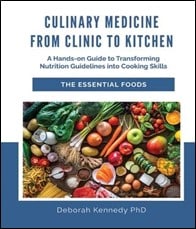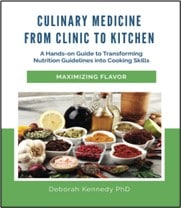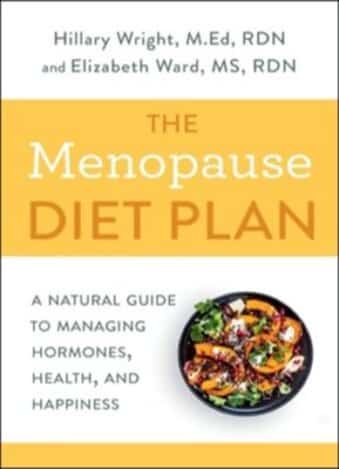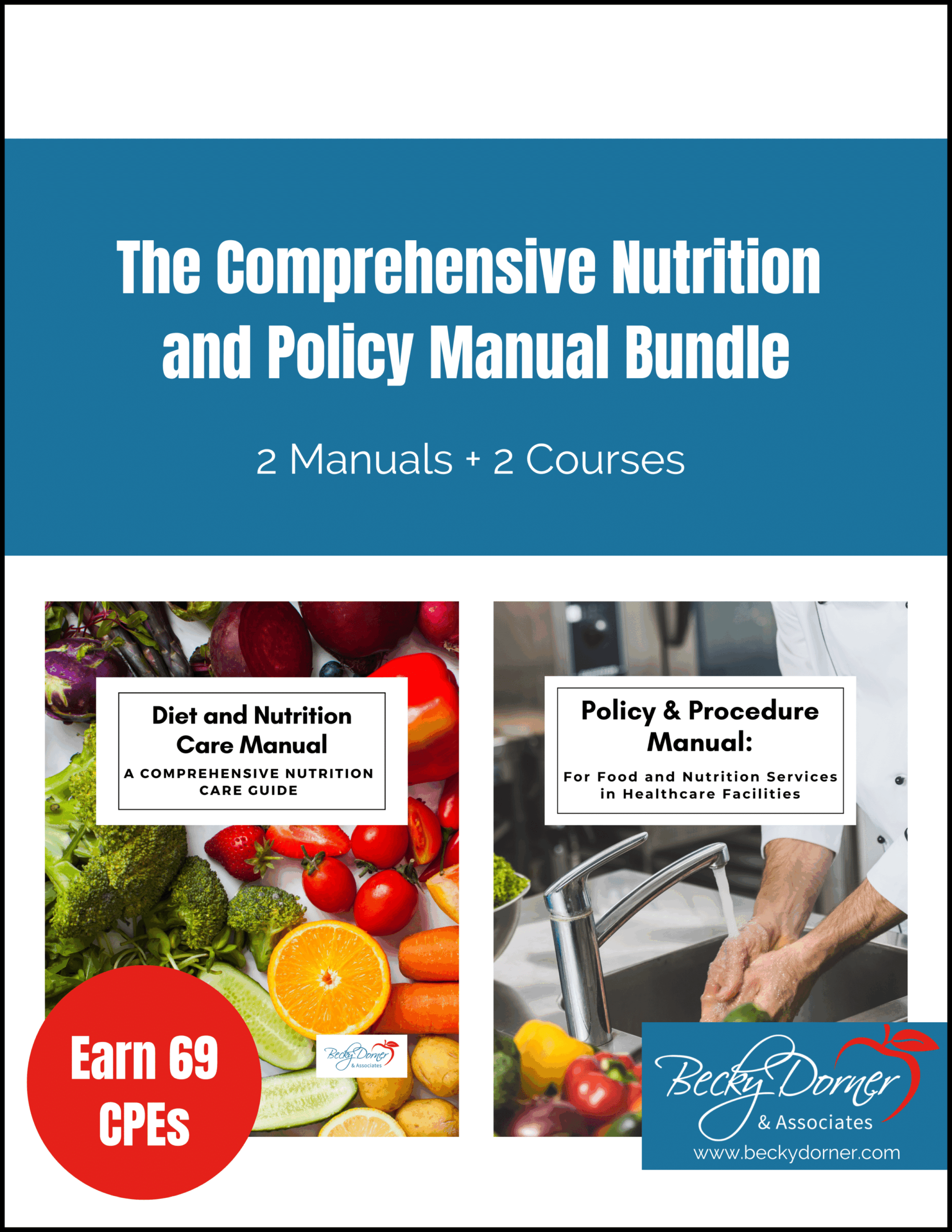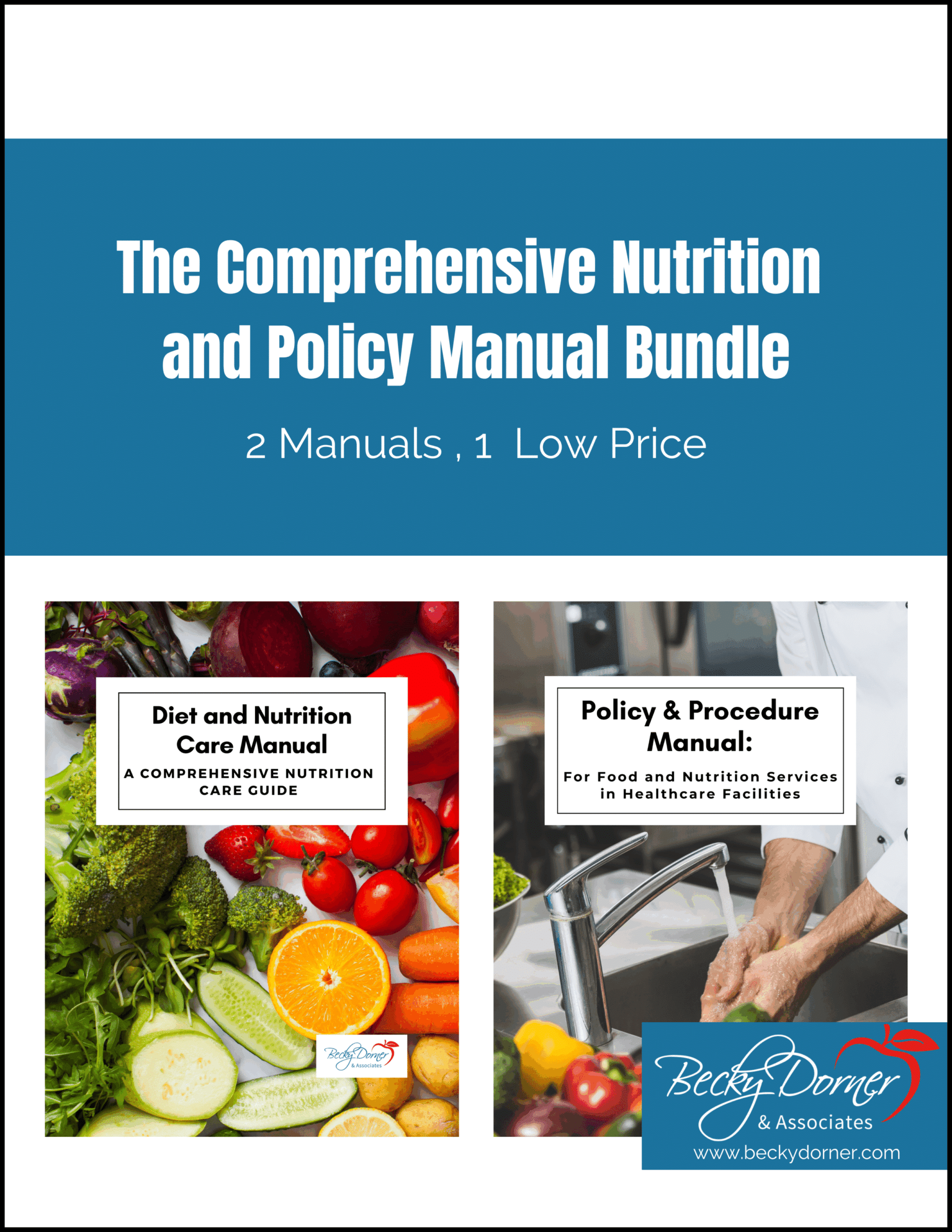
Heart disease remains the number one killer in the U.S. for both men and women. February is a great month to encourage your clients to renew their commitment to heart healthy habits
February’s focus on heart health is near and dear to me. My loving dad had heart disease from the time I was 3 years old and died 10 years later, at age 56. I was only 13 at the time, and it changed my life. A cherished uncle followed, and then another uncle (my dad’s brothers). Years later my mom had a heart attack, which was the beginning of her health decline at age 80. Then, a few years ago, I was challenged with a heart arrhythmia – I was the same age my dad was when he died. I never thought I’d see the day when I was the heart patient! But I was fortunate to have great care at the Cleveland Clinic where an ablation procedure cured my symptoms. However, I am careful to follow lifestyle habits to avoid future issues. My story is not unique because millions of Americans have at least one form of heart disease.
I hope you will use this information to coach your clients to make changes to improve both the quality and quantity of their lives – so that their children can enjoy them for many years to come.
Background Information
Roughly 1 of every 4 deaths in the U.S. is a result of heart disease, stroke or other cardiovascular disease (1). There are some risk factors for heart disease that cannot be controlled: age over 55 for men, over 65 for women, heredity (including race), or previous stroke or heart attack. But there are many risk factors that can be controlled: hypertension, tobacco use, abnormal blood lipids, physical inactivity, overweight/obesity, and diabetes. (2) Almost half (47%) of Americans have the lifestyle related risk factors of hypertension, hypercholesterolemia, or tobacco use (2).
Encourage your clients to know their numbers
Each person’s risk for heart disease is based on an individual assessment. Goals for blood sugar, blood pressure, blood lipids (total cholesterol, LDL-cholesterol, HDL-cholesterol), and body mass index (BMI) will vary based on their family history and medical condition. The “normal” targets are listed below:
- Blood lipids: LDL-C of 160-189 mg/dL or above is associated with an increased risk for atherosclerotic cardiovascular disease (ASCVD) (3), however, goal levels vary for each individual depending on other heart disease risks (4).
- Blood pressure: 120/80 is considered normal. A BP of 130/80 is now used for a diagnosis of hypertension (5).
- Fasting blood glucose: Less than 100 md/dL is considered normal; greater than or equal to 126 mg/dL is used to diagnosis diabetes (6).
- A1C: 4 – 5.6% is considered normal; greater than or equal to 6.5% is used to diagnose diabetes. For those with diabetes, a higher A1c may be acceptable (7). Less stringent A1C goals (such as <8% [64 mmol/mol]) may be appropriate for patients with limited life expectancy or where the harms of treatment are greater than the benefits.
- Body mass index (BMI): 18.5-24.9 kg/m2 is considered a normal or healthy weight (8). A higher BMI may result in optimal longevity and better health for older adults (9).
Essential Steps for Heart Health
The American Heart Association (AHA) encourages people to follow eight steps to prevent heart disease and stroke (10). These steps can help you guide patient care and are outlined below.
1. Know Your Risk
Treatment for heart disease is now risk-based. An online calculator (heart.org/ccccalculator) can help your patients assess their risk for cardiovascular disease and help health care professionals determine appropriate interventions. A similar calculator is located at https://www.cardiachealth.org/questionnaires/ten-year-risk-assessment/. Decisions on treatment should be a collaboration between a patient and their health care provider (3).
2. Eat a Healthy Diet
The American Heart Association recently published a Scientific Statement on Dietary Guidance to Improve Cardiovascular Health. This paper outlined ten evidence-based guidelines that should be used to reduce cardiovascular disease morbidity and mortality. The Guidelines include achieving and maintaining a healthy weight, eating plenty of fruits and vegetables, whole grains, and healthy sources of protein, using liquid oils rather than tropical oils and animal fats, choose minimally processed foods, minimizing foods and beverages with added sugars, choosing and preparing foods with little salt, limiting alcohol, and adhering to guidance regardless of where food is prepared or consumed. (11). The full AHA statement on these guidelines is a must-read for all RDNS and can be accessed for free (doi: 10.1161/CIR.0000000000001031).
You are undoubtedly familiar with traditional dietary guidance to manage heart disease, such as limiting sodium and increasing whole grains and fruits and vegetables. But the connection between sugar and cardiovascular disease may be new information. Research does support a connection between high levels of sugar intake and heart disease. One study documented a 38% higher risk of CVD mortality for people who consumed 17-21% of their calories from added sugars compared to those who consumed 8% of calories from added sugars. This was consistent across age group, gender, healthy eating index, BMI or physical activity level (12).
3. Be Physically Active
The 2018 Physical Activity Guidelines for Americans say that adults should aim for at least 150 minutes of moderate-intensity aerobic activity or 75 minutes of vigorous activity each week along with muscle strengthening exercises 2 or more days of the week for adults ages 18-64. (13). People with health concerns, including heart disease, should get their doctor’s approval before starting an exercise program. Exercising lowers blood pressure, strengthens the heart, helps maintain lean body mass, burns calories, and increases quality of sleep.
Those age 65 and older, are encouraged to follow the same guidelines for activity unless they are physically unable. In that case, they should be as physically active as they are able. They should also do exercises to improve balance and reduce risk for falls. For beginners, even 10 minutes at a time can be positive, and they can work up to the minimum of 60 minutes on most days to meet the recommendations. (13). The Physical Activity Guidelines are also worth the read.
Fitness trackers can motivate clients and keep you informed of their progress. I love the Fitbit feature that reminds you to do a minimum of so many steps every hour! It’s especially nice for people who work in sedentary jobs.
4. Watch Your Weight
There are many benefits to losing weight and maintaining a healthy weight, including reducing risk for cardiovascular disease (11). As little as 5-10% weight loss can improve blood lipids, blood pressure, and blood sugars (14). I like to make it clear that simple steps like controlling portion sizes of all foods and beverages can help anyone to control their calorie intake.
5. Live Tobacco-free
In 2019, 14.0% of all adults (34.1 million people) currently smoked cigarettes.(15) Smoking, secondhand smoke, and other forms of tobacco (including vaping) should be avoided for good health and prevention of cardiovascular disease. Encourage your clients to stop smoking and refer them to a good smoking cessation program.
6. Manage Conditions
Half of American adults have high blood pressure, which is a major risk factor for first heart attack, stroke, chronic heart failure and kidney disease (16). Smoking, inactivity, too much sodium and alcohol in the diet, overweight and obesity, and poor stress management are all risk factors for high blood pressure (17). Type 2 diabetes is another major risk factor for heart disease (11). The ten American Heart Association guidelines mentioned above can help patients prevent and/or manage diabetes and are consistent with guidelines recommended by the American Diabetes Association (18). Abnormal blood lipids (particularly an elevated LDL-cholesterol) are also associated with increased risk for cardiovascular disease. LDL levels are evaluated in conjunction with other risk factors for heart disease using risk calculators such as the one available at https://www.cvriskcalculator.com/. It is difficult to link specific food components to reducing LDL cholesterol, but dietary patterns that meet the guidelines outlined by 2021 Dietary Guidance are connected with a reduced risk of heart disease (11).
These conditions can often be prevented or treated by adopting healthy dietary patterns, exercising, and avoiding tobacco. You can play an important role in helping patients make necessary changes in their lifestyle that will reduce their risk of heart disease.
7. Take Medication as Prescribed
In addition to adopting a healthy lifestyle, many individuals take medications for diabetes, hypertension, or cardiovascular disease. Don’t forget to remind patients to take all medications as prescribed. They may also need a reminder not to take over the counter medications or supplements without making sure their health care provider is aware they are doing so.
8. Be a Team Player
Encourage patients to work with their health care team (including you!) to share information and make decisions that might affect their health. Stress, poor sleep hygiene, mental health challenges, unhealthy family dynamics, and food insecurity can all affect an individual’s ability to adhere to a treatment plan. You can play a critical role in referring your patients to medical care, support systems, or programs to help reduce food insecurity.
Making a Healthy Lifestyle a Habit
For some patients, cardiovascular disease prevention will require significant changes in their lifestyle. It takes time to develop new habits. Encourage your clients to take one step that they believe they can be successful with and move forward from there. The most important key is that they believe they can make changes that become lifelong commitments for better health and quality of life.
Becky Dorner, RDN, LD, FAND
©2025, 2022, 2019, 2018 Becky Dorner & Associates, Inc.
For more information on this topic, refer to Diet and Nutrition Care Manual: Comprehensive Edition from Becky Dorner & Associates, Inc.
Becky Dorner, RDN, LD, FAND is widely known as one of the nation’s leading experts on nutrition, aging and long-term health care. Her company, Becky Dorner & Associates, Inc. is a trusted source of valuable continuing education and resources dedicated to improving quality of life for older adults. Visit https://www.beckydorner.com/become-a-member/ and sign up for the free membership.
Resources:
- Cardiac Health. Ten Year Risk Assessment. https://www.cardiachealth.org/questionnaires/ten-year-risk-assessment/.
- 2018 Prevention Guidelines Tool CV Risk Calculator. American Heart Association: https://static.heart.org/riskcalc/app/index.html#!/baseline-risk
- 2021 Dietary Guidance to Improve Cardiovascular Health: A Scientific Statement From the American Heart Association. DOI: 10.1161/CIR.0000000000001031.
- Physical Activity Guidelines for Americans. https://health.gov/sites/default/files/2019-09/Physical_Activity_Guidelines_2nd_edition.pdf.
- Dorner B. Diet and Nutrition Care Manual: A Comprehensive Nutrition Care Guide. Dunedin FL: Becky Dorner & Associates; 2024.
References:
- Heart Disease Facts. Centers for Disease Control and Prevention web site. https://www.cdc.gov/heartdisease/facts.htm. Accessed January 12, 2022.
- Know your Risk for Heart Disease. Centers for Disease Control and Prevention web site. Reviewed December 19, 2019. Accessed January 11, 2022. https://www.cdc.gov/heartdisease/risk_factors.htm.
- Arnett DK, Blumenthal RS, Albert MA, et al. 2019 ACC/AHA Guideline on the Primary Prevention of Cardiovascular Disease: A Report of the American College of Cardiology/American Heart Association Task Force on Clinical Practice Guidelines. Circulation. 2019 Sep 10;140(11):e596-e646. doi: 10.1161/CIR.0000000000000678.
- Stone NJ, Robinson JG, Lichtenstein AH, et al. 2013 ACC/AHA Guidelines on the Treatment of Blood Cholesterol in Adults: A Report of the American College of Cardiology/American Heart Association Task Force on Practice Guidelines. Circulation. 2014;129:S1-S45. doi: 10.1161/01.cir.0000437738.63853.7a.
- Whelton PK, Carey RM, Aronow WS et al. 2017 ACC/AHA/AAPA/ABC/ACPM/AGS/APhA/ASH/ASPC/NMA/PCNA Guideline for the Prevention, Detection, Evaluation, and Management of High Blood Pressure in Adults. J Am Coll Cardiol. 2018 May 15;71(19):e127-e248. doi: 10.1016/j.jacc.2017.11.006.
- Understanding A1C: Diagnosis. American Diabetes Association web site. https://www.diabetes.org/a1c/diagnosis. Accessed January 11, 2022.
- Glycemic Targets: Standards of Medical Care in Diabetes—2022. Diabetes Care 2022;45(Suppl. 1):S83-S96. https://doi.org/10.2337/dc22-S006.
- About Adult BMI. Centers for Disease Control and Prevention web site. https://www.cdc.gov/healthyweight/assessing/bmi/adult_bmi/index.html. Accessed January 12, 2022.
- Dorner B. Diet and Nutrition Care Manual: A Comprehensive Nutrition Care Guide. Dunedin, FL: Becky Dorner & Associates; 2021.
- 8 Steps to Prevent Heart Disease and Stroke. American Heart Association web site. https://www.heart.org/en/healthy-living/healthy-lifestyle/prevent-heart-disease-infographic. Accessed January 11, 2022.
- Lichtenstein H, Appel LJ, Vadiveloo M et al. 2021 Dietary Guidance to Improve Cardiovascular Health: A Scientific Statement from the American Heart Association. Circulation. 2021;144:e472–e487. doi: 10.1161/CIR.0000000000001031.
- Yang Q, Zhang Z, Gregg EW, Flanders WD, Merritt R, Hu FB. Added sugar intake and cardiovascular diseases mortality among US adults. JAMA Intern Med. 2014 Apr;174(4):516-24. doi: 10.1001/jamainternmed.2013.13563.
- 2018 Physical Activity Guidelines for Americans, 2nd edition. U.S. Department of Health and Human Services web site. https://health.gov/sites/default/files/2019-09/Physical_Activity_Guidelines_2nd_edition.pdf. Accessed January 11, 2022.
- Steps for Losing Weight. Centers for Disease Control and Prevention web site. https://www.cdc.gov/healthy-weight-growth/losing-weight/?CDC_AAref_Val=https://www.cdc.gov/healthyweight/losing_weight/index.html.. Accessed January 30, 2025.
- Smoking and Tobacco Use. Data and Statistics. Centers for Disease Control and Prevention web site. https://www.cdc.gov/tobacco/data_statistics/index.htm. Accessed January 11, 2022.
- High Blood Pressure Facts. Centers for Disease Control and Prevention web site. https://www.cdc.gov/bloodpressure/facts.htm. Accessed January 11, 2022.
- High Blood Pressure Symptoms and Causes. Centers for Disease Control and Prevention web site. https://www.cdc.gov/bloodpressure/about.htm. Accessed January 11, 2022.
- Facilitating Behavior Change and Well-being to Improve Health Outcomes: Standards of Medical Care in Diabetes-2022. Diabetes Care. 2022;45 (suppl 1): S60-S82. https://doi.org/10.2337/dc22-S005.

